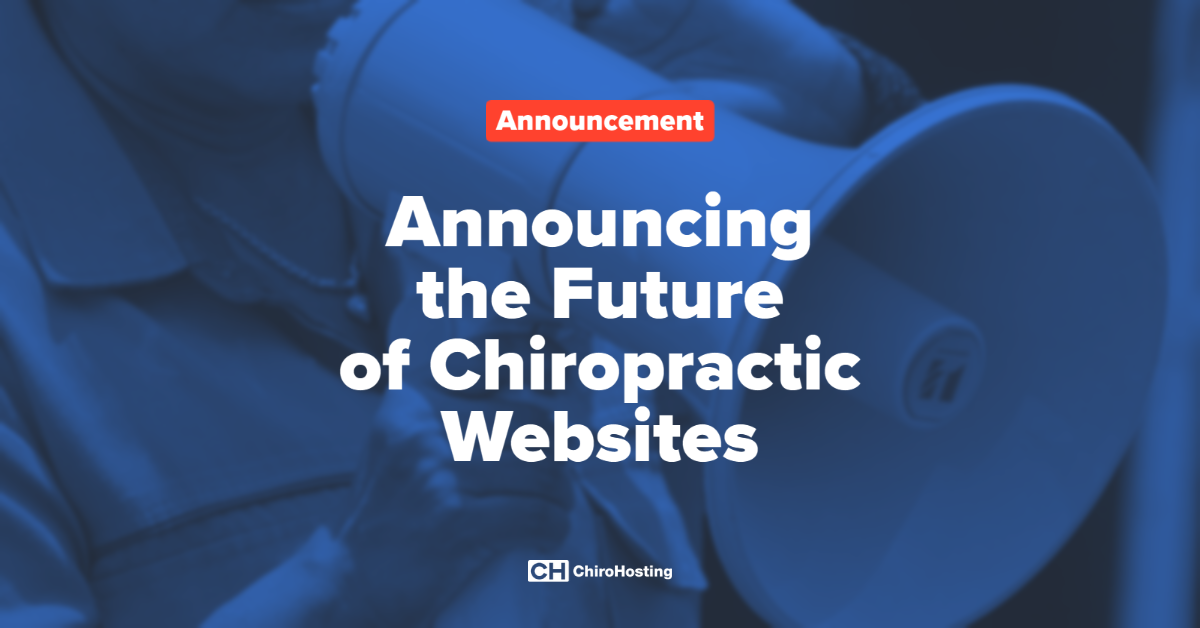
 Are you looking for ways to improve your chiropractic patient satisfaction? Do you want to reduce costs and improve the quality of care you offer?
Are you looking for ways to improve your chiropractic patient satisfaction? Do you want to reduce costs and improve the quality of care you offer?
A new report from the American Hospital Association Committee on Research offers advice about engaging patients, communities, health-care organizations, and staff. As a chiropractor, you are likely already an advocate of patient-centered care. These ideas from the AHA report can help you engage your patients even further.
Create a patient advisory council.
Some hospitals and other health-care providers are finding the benefits of creating patient and family advisory councils. This is a great way to engage patients. An example of these benefits is at Georgia Health Sciences Health System, where the patient and family council includes more than 200 consumers guiding all aspects of operating decisions. Since implementing the council three years ago, patient satisfaction scores increased and medication errors dropped. On a smaller level, a chiropractor can create a small group of patient advisors.
Another option to engage your chiropractic patients is through the use of satisfaction surveys or a suggestion box. Then follow up and respond to your patient comments, so they know you take their input seriously. For example, have your office manager write a personal note to a patient who takes the time to fill out a survey. If your surveys or suggestions boxes are anonymous, make filling out a survey an entry into a contest for a free massage or other service.
Use social media.
The AHA report also advises health-care providers to use social media to improve communication and networking. This will be especially effective for your chiropractic practice when you take the opportunity to engage patients and get their input. On a previous post, we discussed the mistakes to avoid when using social media, and we pointed out the remarkable opportunity social media offers to interact with patients.
Healthcare reform that involves consumers is the wave of the future. The AHA report says, "Engaging patients, families and communities has the potential to be a 'game changer' in the transformation of the healthcare system in the United States."
















